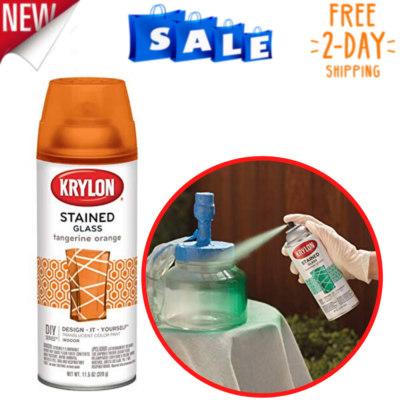

It is possible to even out the warping with stretching or gluing. It is possible to apply this method of scraping to small pieces of canvas, as it will reduce the amount of warping compared to brush application, but with the shrinkage of the acrylic paint as it dries you will still see some curling of the canvas. These variations, of course, can be used for their own aesthetic effect, if desired. To get the most even color field you will need to make just one single pass with the blade tool as a second pass will immediately create a darker and more color dense area. Glaze mixtures like this with a lot of fluid Mediums or thicker Gel Medium are much more forgiving in the way they can create more uniform color fields when applied in this manner. But, with multiple layers, you can get a very nice smooth surface as well. The canvas texture will still be seen and felt when painting. And, the main goal here is not to create a perfectly smooth surface, but to get a solid color field down as quickly as possible. The main difference is that we are using translucent glaze-like mixtures of Medium or Gel Medium and acrylic paint in place of Molding Paste, to create a translucent mixture that is forced into the weave of the canvas and allows the undertone of the color to show itself. The technique mirrors and expands on the method we show in our Creating a Smooth Surface using Molding Paste video here. Wide Drywall Tape Knife, Putty Knife, Palette Knife, Straight Edge Wallcovering Tool, Squeegee Some tools that can work for this method: Although some artists continue to question the adhesion of oils on a glossy acrylic surface, our testing continues to show good adhesion. Most people prefer a matte surface under oils for the tooth and absorbency. For a relatively ‘clear gesso’ we recommend using our Fluid Matte Medium. While we are focusing on acrylic painting here, we have seen that two or three scraped on layers of either a gloss or semi-gloss medium will block oil from getting into the canvas, so oil painters out there could also use this method. Drywall knives are most often about 10 inches wide and this makes application faster and easier for larger canvases. Use larger tools for larger sized canvases. In a pinch, a piece of 1″ x 2″ wood could work, but the clean hard edge of a metal blade is best.
.jpg)
Putty knives are also good, along with large palette knives. Drywall Tape knives work very well and are easily found at hardware stores. Metal blade tools work best for this, such as the ones pictured above. This article focuses on the idea of mixtures of acrylic paint and medium, thinly scraped onto raw cotton duck canvas, as a fast way to get an even field of color and a thin acrylic layer. Completed application of a very translucent brown Gel glaze on raw canvas. Scrape applying the brown glaze to a piece of loose raw canvas. Mixing Heavy Gel ( Semi-gloss) with a very small amount of Heavy Body Transparent Brown Iron Oxide. A scrape and spread application using a metal blade tool makes this job much easier. Brush application can be time consuming as Gesso or other grounds need to be forced into the canvas weave to cover properly. While Gesso is the most commonly used ground, almost any GOLDEN acrylic paint, medium, gel or paste can be used alone or in just about any combination to create a large range of unique surfaces for painting. There are many options for acrylic painting grounds. Please visit for an overview of our testing, results and updated recommendations for applying oil colors over acrylics. While we have not received notice from artists of this phenomenon, we are able to repeat this specific type of cracking in our Lab.

While we have not seen adhesion problems of oils on any type of acrylic, recent testing has shown the potential for cracking in certain instances and conditions when applying artist oils over all of the many brands of glossy acrylics we have tested.

Our intention was to optimize the level of adhesion that would be achieved on a toothier surface as well as avoid the potential for future cracking as the oil paints become more brittle. For some time, our recommendation for artists using oils over acrylic has been to work over harder, matte acrylic surfaces and avoid working on softer gels and gloss products.


 0 kommentar(er)
0 kommentar(er)
